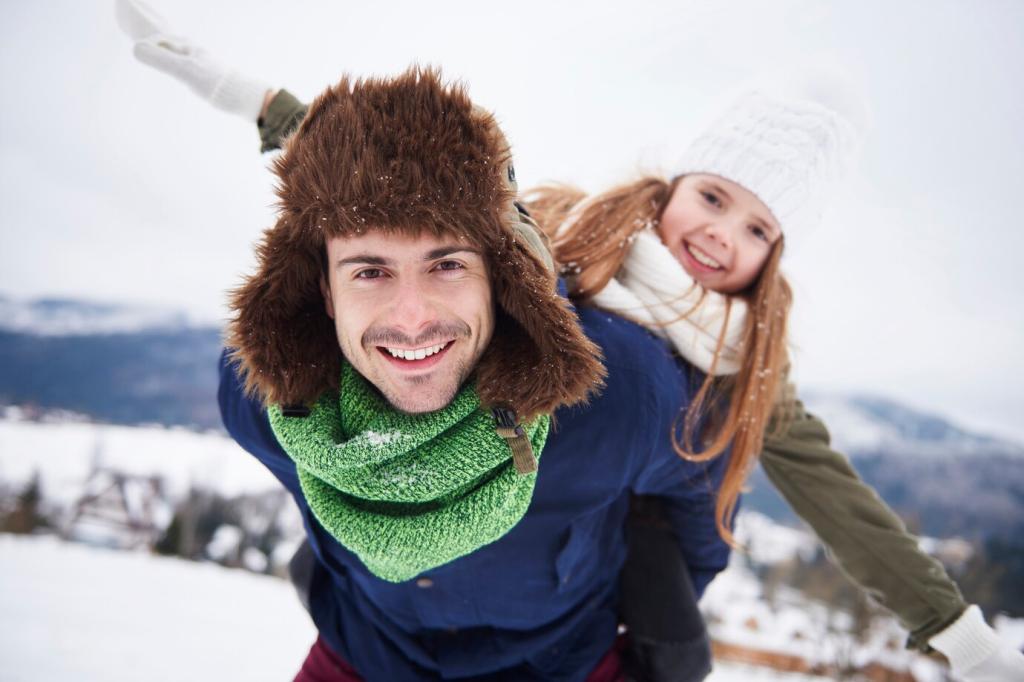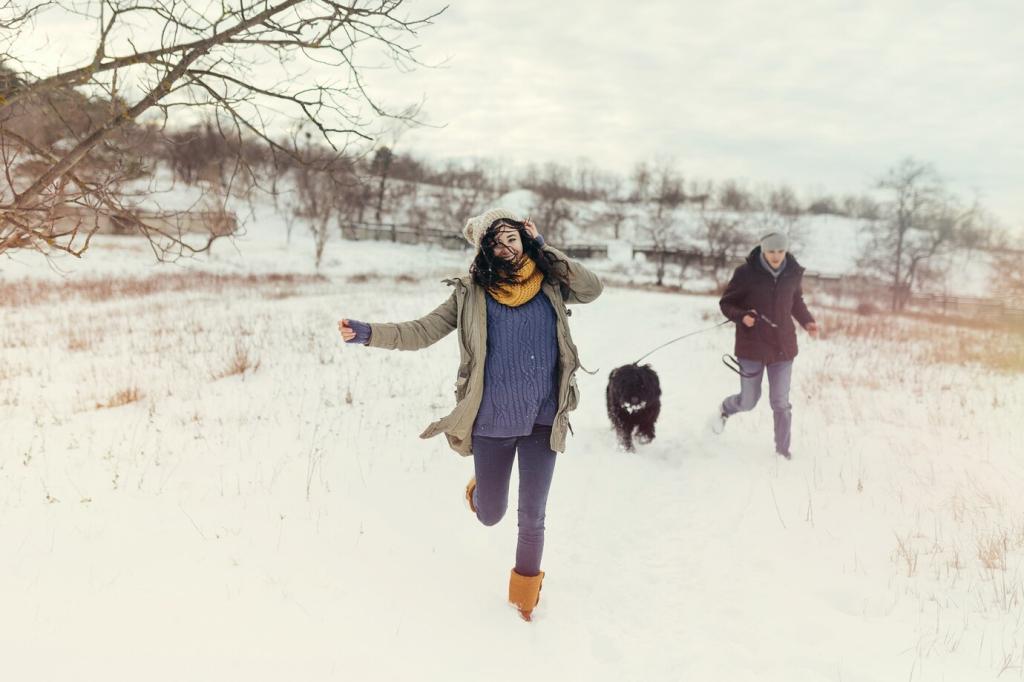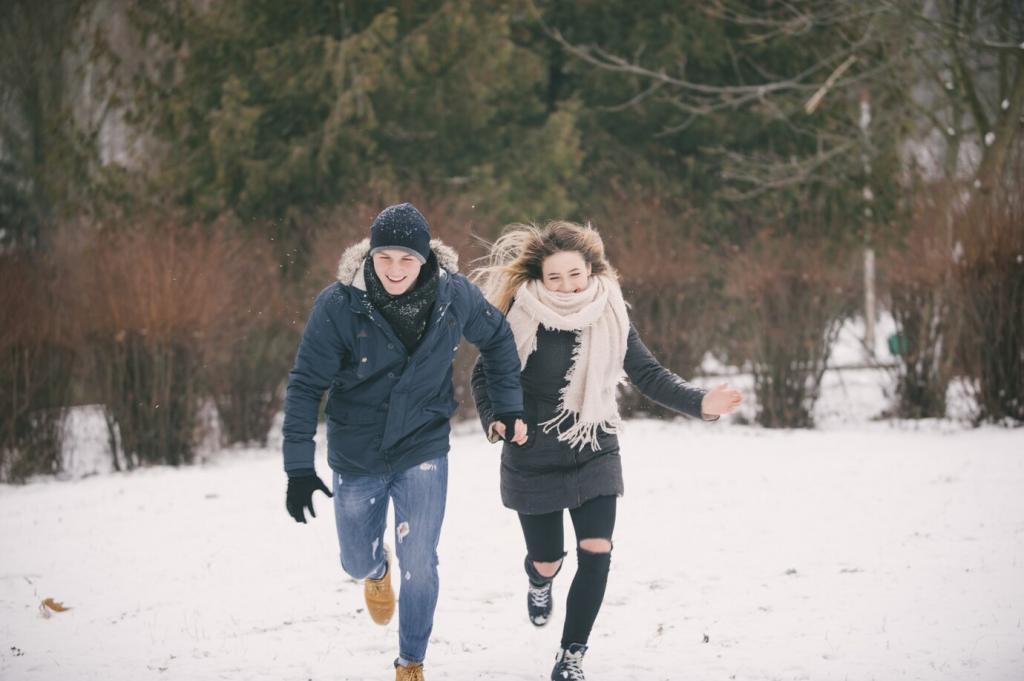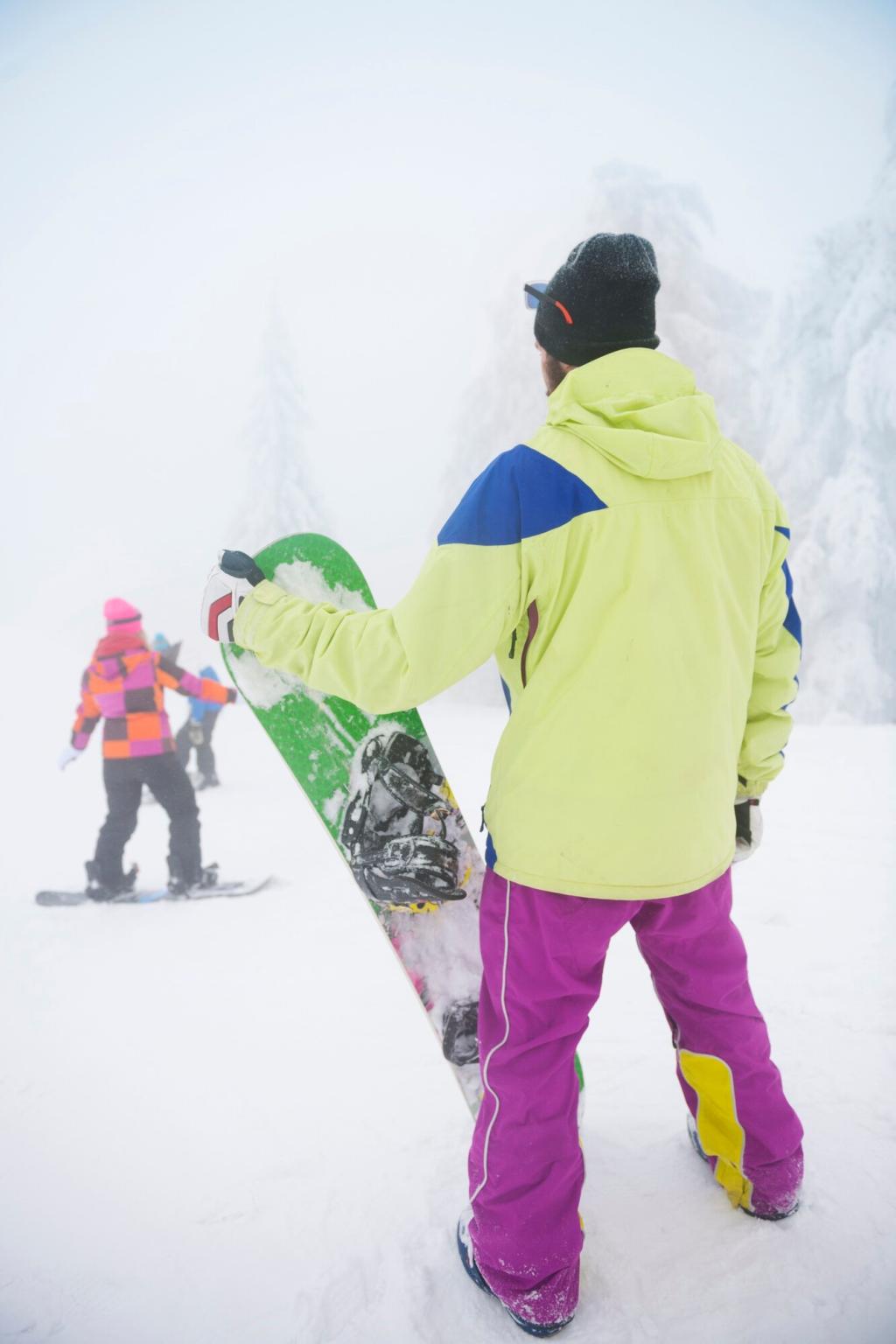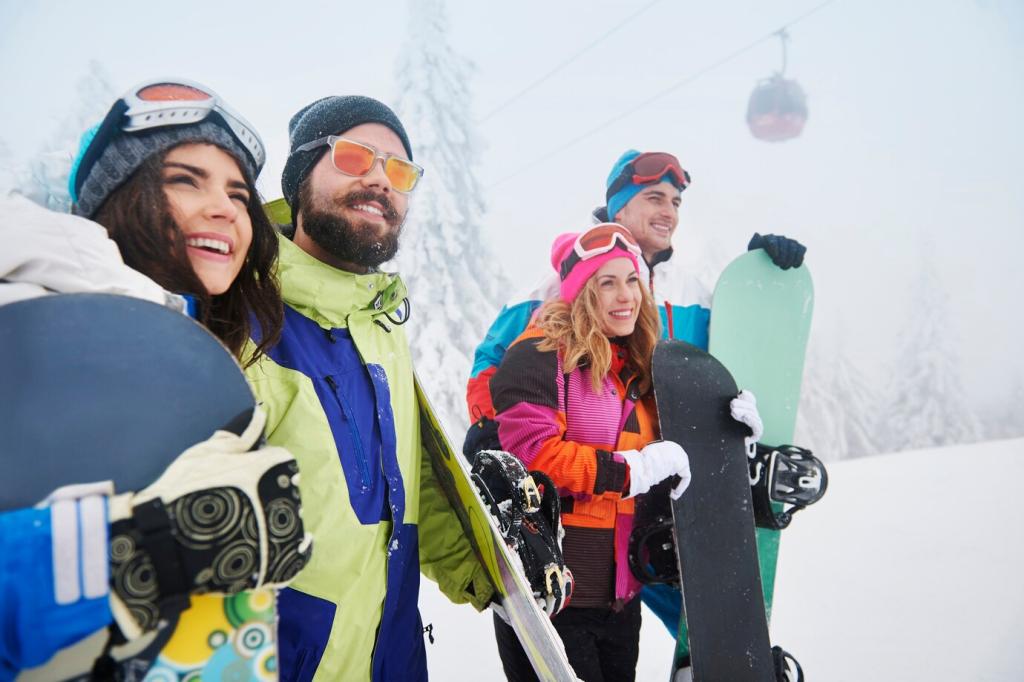Avalanche Awareness You Can Use Today
Treat the daily bulletin as a conversation with the mountain. Focus on danger ratings, problem types, aspect and elevation, and travel advice. Let the forecast shape your route, spacing, and decision points, and tell a friend how you plan to respond.
Avalanche Awareness You Can Use Today
Recent avalanches, cracking, collapsing, and rapid warming simplify decisions: step back. Gentle terrain becomes heroic when chosen wisely. If you see two red flags, discuss a conservative change. Invite your group to voice gut feelings; quiet concerns often carry the most truth.



